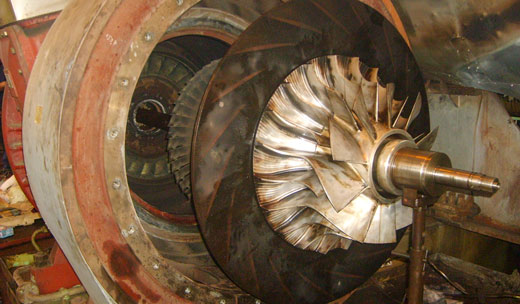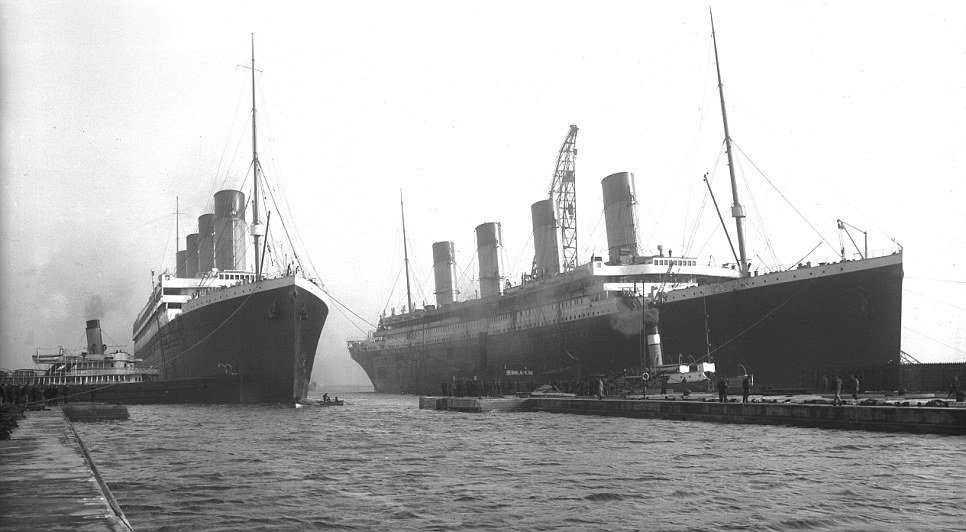Do you know what is a centrifuge used for on board ships? Today we will talk about a simple centrifuge used for purification of oil on board ships and other marine vessels. Of course the concept of centrifuge oil cleaning is not only used on ships and marine auxiliary systems but is also found commonly in industrial use on land but since this website deals mainly with marine related equipment, our focus will be from that perspective.
Why Purification?
This is actually a question which does not need much explanation. Would you like to drink water which is dirty and not purified? Same way the engines do not like to intake impure oil and if done, it will result in internal damage. When I refer to the term “oil”, it could be many types of oils used in marine engines such as lubricating oil, diesel fuel oil or heavy fuel oil. Irrespective of the type of oil, the principle of purifying remains the same basically.
A Simple Concept
Before going into the technical nitty-gritty of that just check out the following diagram and understand what is happening over there.
 Here we have a simple vessel with two pipes which act as entry and exit points to oil which is being fed at slow speed in a continuous fashion. Just notice that the heights of these two points are same. So in this process as the oil takes some time to flow to entry to exit point, the force of gravity separates the major components.
Here we have a simple vessel with two pipes which act as entry and exit points to oil which is being fed at slow speed in a continuous fashion. Just notice that the heights of these two points are same. So in this process as the oil takes some time to flow to entry to exit point, the force of gravity separates the major components.
Impure Oil = pure oil + water + solid impurities.
Of course this process would be very slow and it would require lots of time to clean even relatively small quantities of oil.
The Same Process in Faster Manner – Simple Centrifuge
After discussing the basic principle of purification let us now find out what is a centrifuge used for on board ships. Since time is a commodity which is very much short these days especially on ships, we cannot wait for ages to purify huge quantities of oil required on board. Hence instead of following the above method, we use a simple centrifuge for purification of oil.
The next diagram shows how it speeds up the process described above. Just imagine the same arrangement which has been turned upside down Suppose that now the tank is made to spin about the Y axis as shown in the diagram and oil is fed from bottom and taken out from top. In this case the centrifugal force will take the place of gravitational force which is still present but due to high speed of oil injection, there is hardly any time for gravity separation. Rather the centrifugal force shown by arrow Cf pushes the heavy matter outside whilst oil remains inside.
Actual Simple Centrifuge
Of course the above is not a very perfect arrangement and a simple centrifuge is represented more correctly by the below mentioned figure which shows the actual centrifuge oil cleaning apparatus The figure is pretty self explanatory and instead of oil being fed from bottom it is fed from top itself in the center and it takes a U turn and passes out through a set of discs which separate the wheat from the chaff (pure oil from impurities).
Of course there are still many things to be learnt about purifiers such as the sludge removal, operation of self cleaning purifiers and another point from the perspective of new marine engineers – that is how to operate a typical purifier and which steps should be followed for that. Just take a look at the next topic which deals with all these matters relating to purification of oil.
Here we have a simple vessel with two pipes which act as entry and exit points to oil which is being fed at slow speed in a continuous fashion. Just notice that the heights of these two points are same. So in this process as the oil takes some time to flow to entry to exit point, the force of gravity separates the major components of Impure Oil = pure oil + water + solid impurities. Of course this process would be very slow and it would require lots of time to clean even relatively small quantities of oil.
The Same Process in Faster Manner – Simple Centrifuge
Since time is a commodity which is very much short these days especially on ships, we cannot wait for ages to purify huge quantities of oil required on board. Hence instead of following the above method, we use a simple centrifuge for purification of oil. The next diagram shows how it speeds up the process described above. Just imagine the same arrangement which has been turned upside down.
Suppose that now the tank is made to spin about the Y axis as shown in the diagram and oil is fed from bottom and taken out from top. In this case the centrifugal force will take the place of gravitational force which is still present but due to high speed of oil injection, there is hardly any time for gravity separation. Rather the centrifugal force shown by arrow Cf pushes the heavy matter outside whilst oil remains inside.
Actual Simple Centrifuge
The above is not a very perfect arrangement and a simple centrifuge is represented more correctly by the below mentioned figure which shows the actual centrifuge oil cleaning apparatus. The figure is pretty self explanatory and instead of oil being fed from bottom it is fed from top itself in the center and it takes a U turn and passes out through a set of discs which separate the wheat from the chaff (pure oil from impurities).

There are still many things to be learnt about purifiers such as the sludge removal, operation of self cleaning purifiers and another point from the perspective of new marine engineers – that is how to operate a typical purifier and which steps should be followed for that.
Simple Centrifuge: Principle & Operations,







